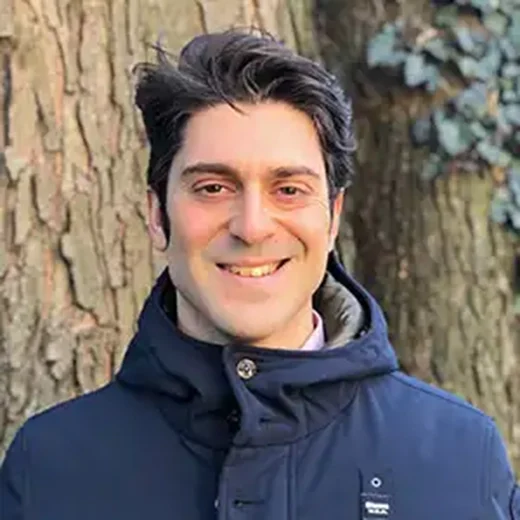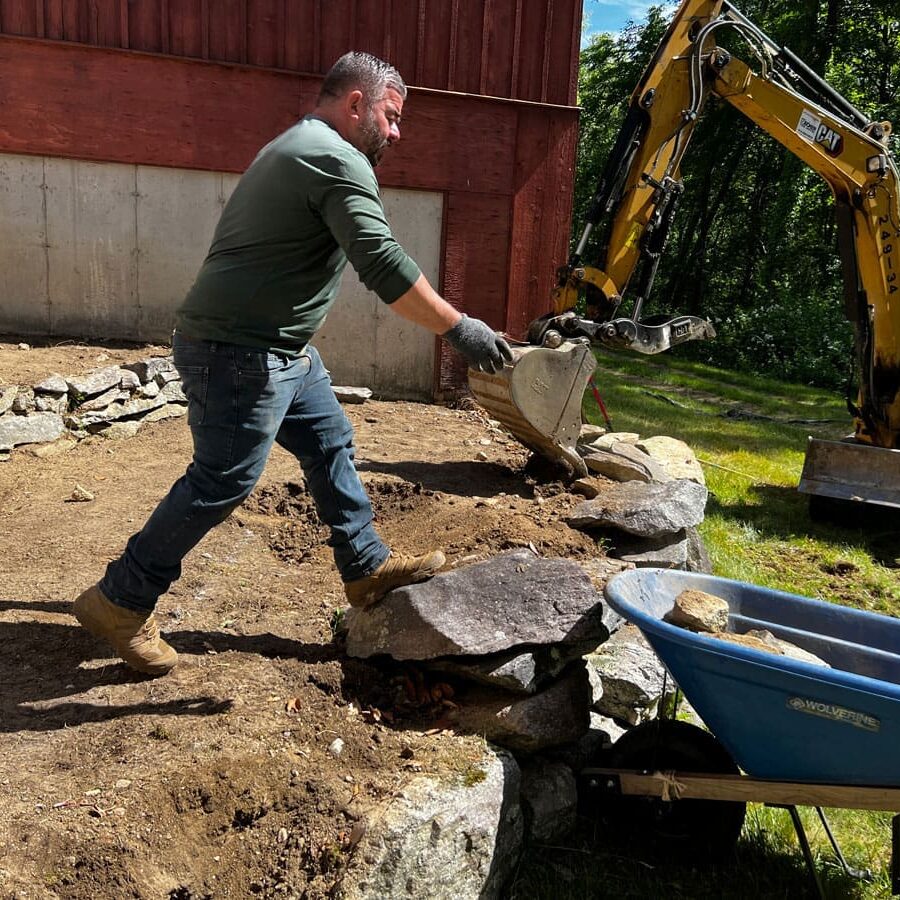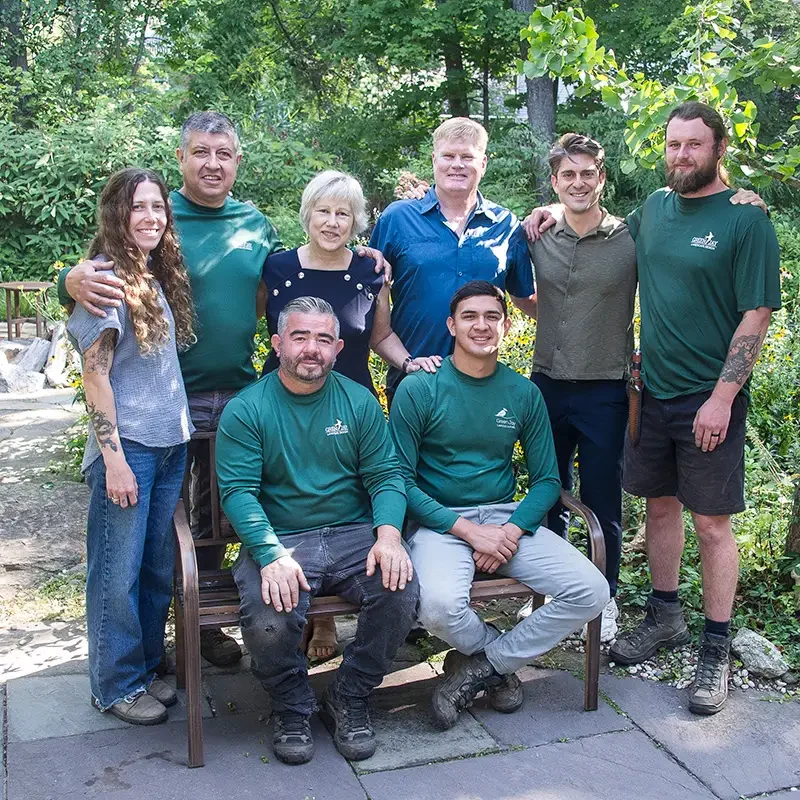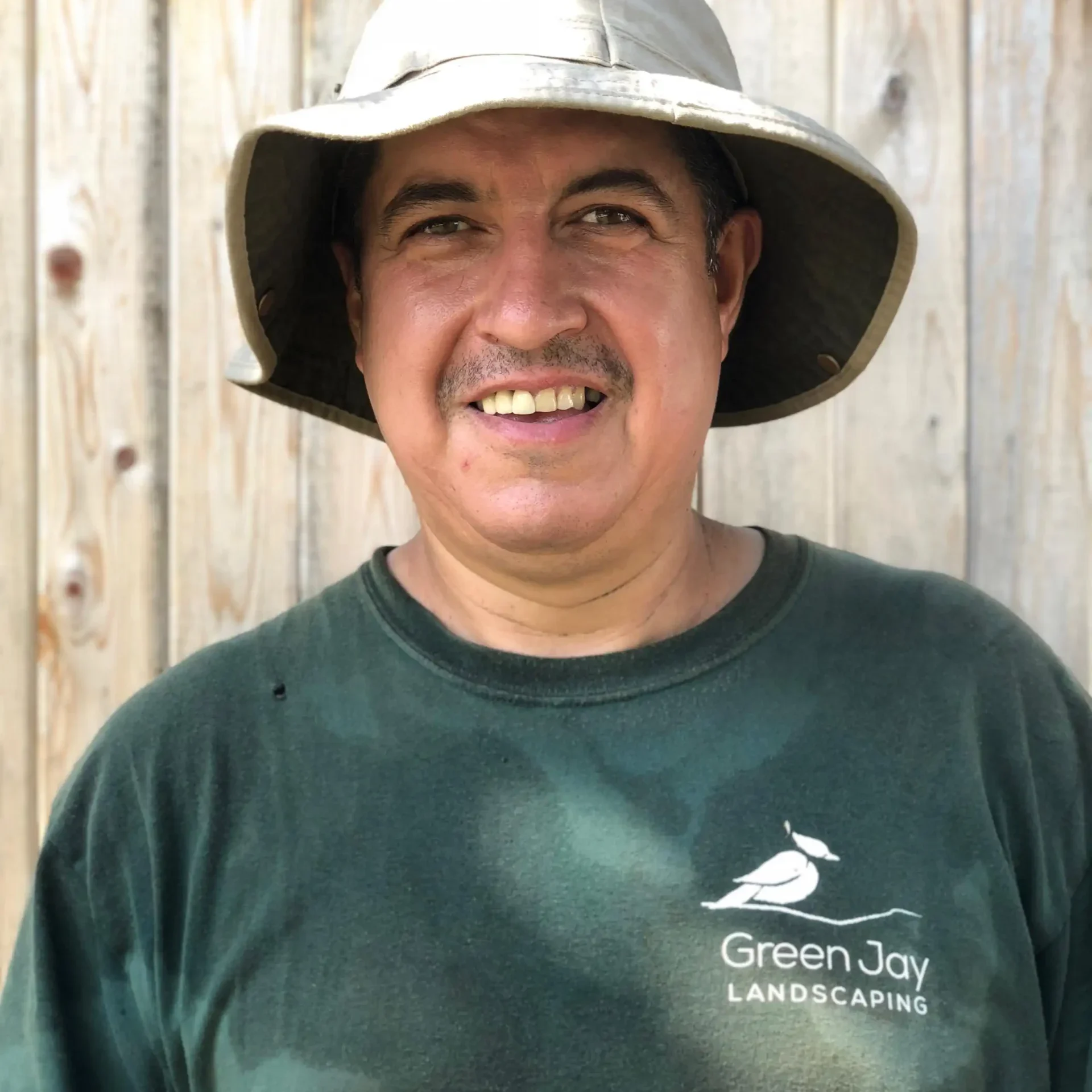Frequently Asked Questions

Low-Impact Development, General Contracting, Residential Sustainable Stewardship, and More
We specialize in regenerative landscape design and full-service installation. As general contractors, we can work with multiple architects, engineers, and specialty contractors to complete complex projects. Take a closer look at what we can do for you:
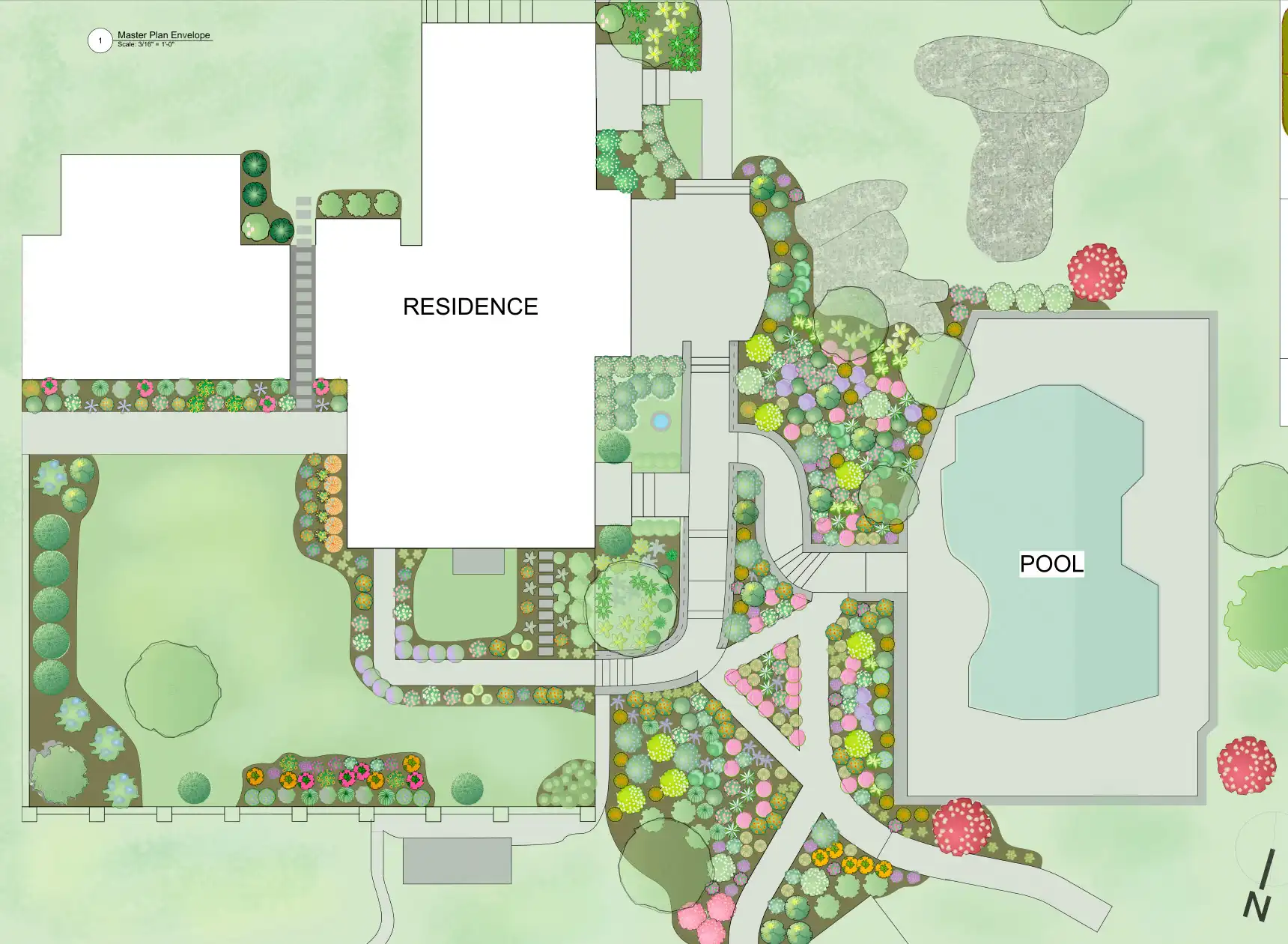
Landscape Design
Our ecological landscape design and eco consulting services result in exceptional outdoor spaces that meet your vision for your landscape while supporting the natural world. Visit our Landscape Design page for more information.
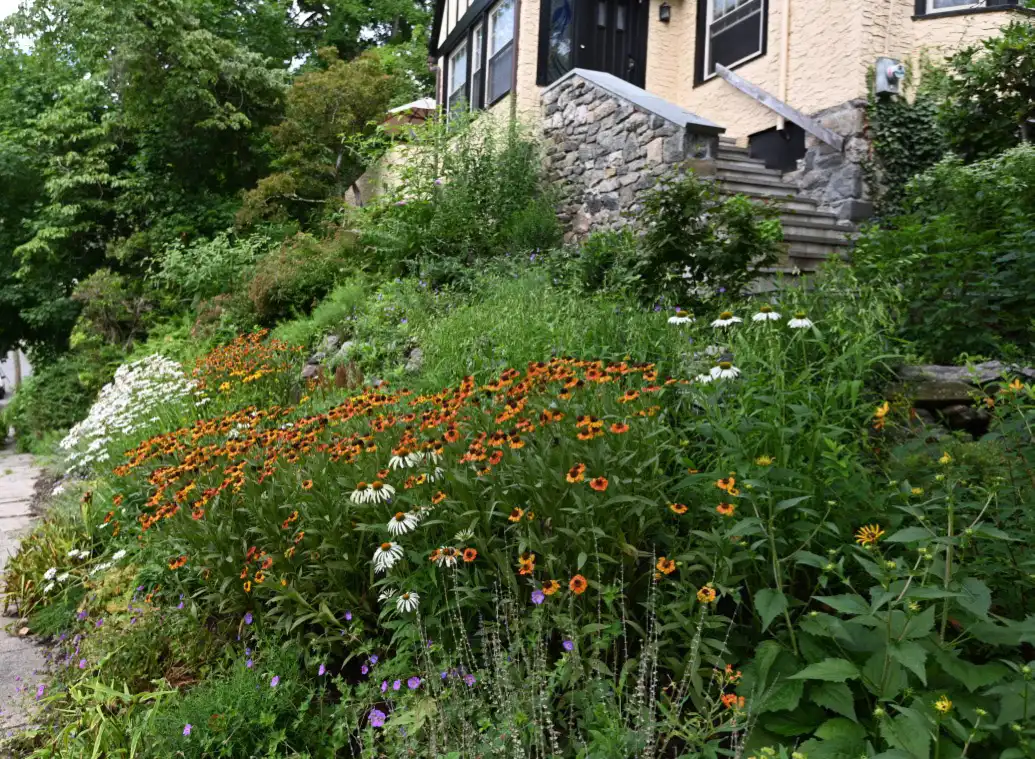
Native Gardens
We prioritize using native plants in all of our garden designs. Whether you’re looking for a pollinator garden, a wildflower meadow, a permaculture landscape, or new foundation plantings, our seasoned designers can craft your naturalistic landscape.
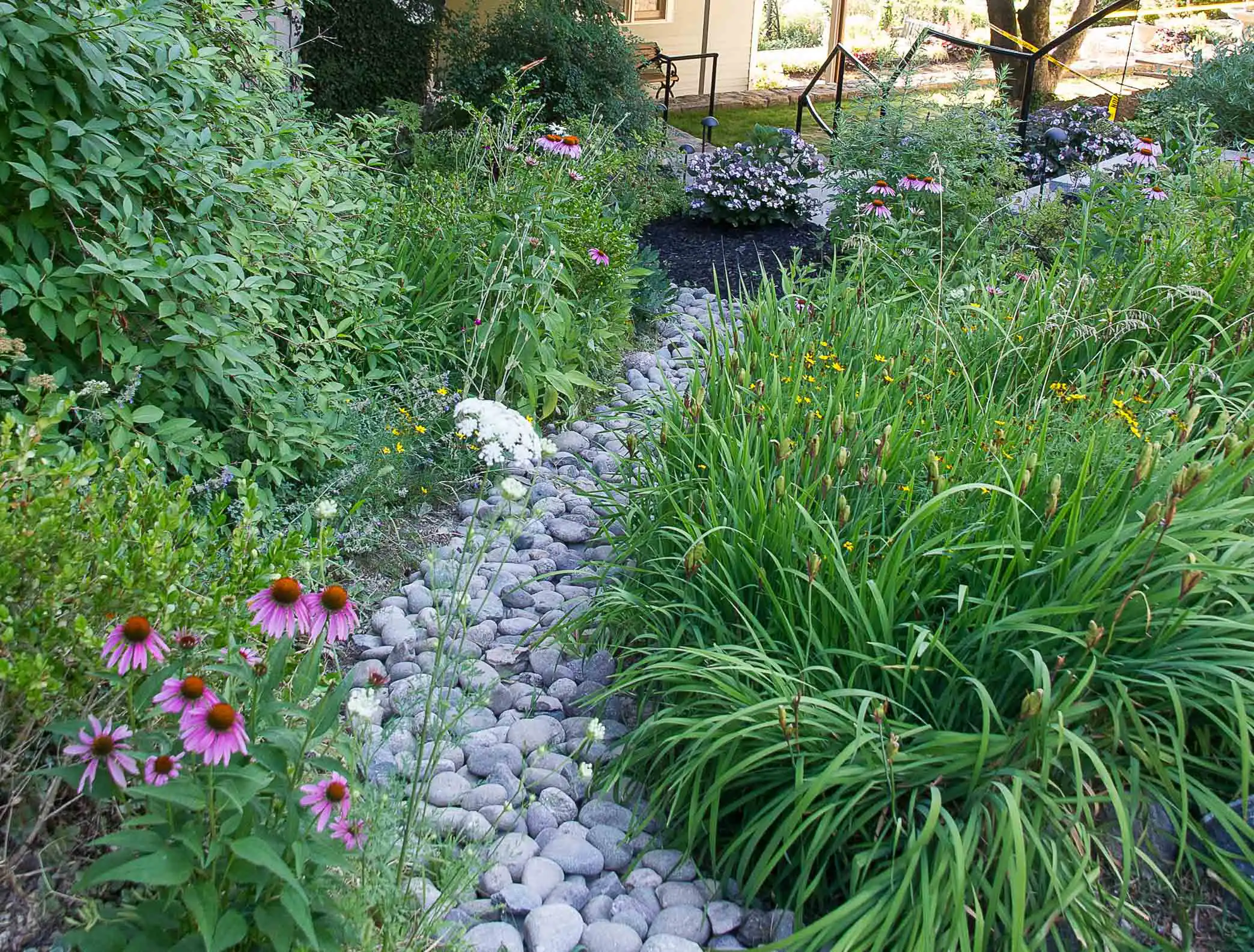
Landscape Installation & Site Development
We build what we design. From initial site development to crafting custom landscape features, we focus on quiet installations following the Sustainable SITES Initiative.
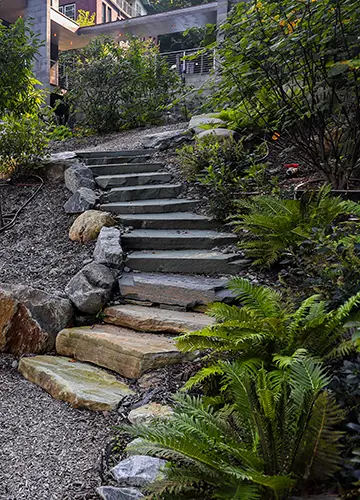
Artistic Masonry & Hardscape
We can install a variety of hardscaping ranging from natural stone walkways, paths and steps to patios and retaining walls.
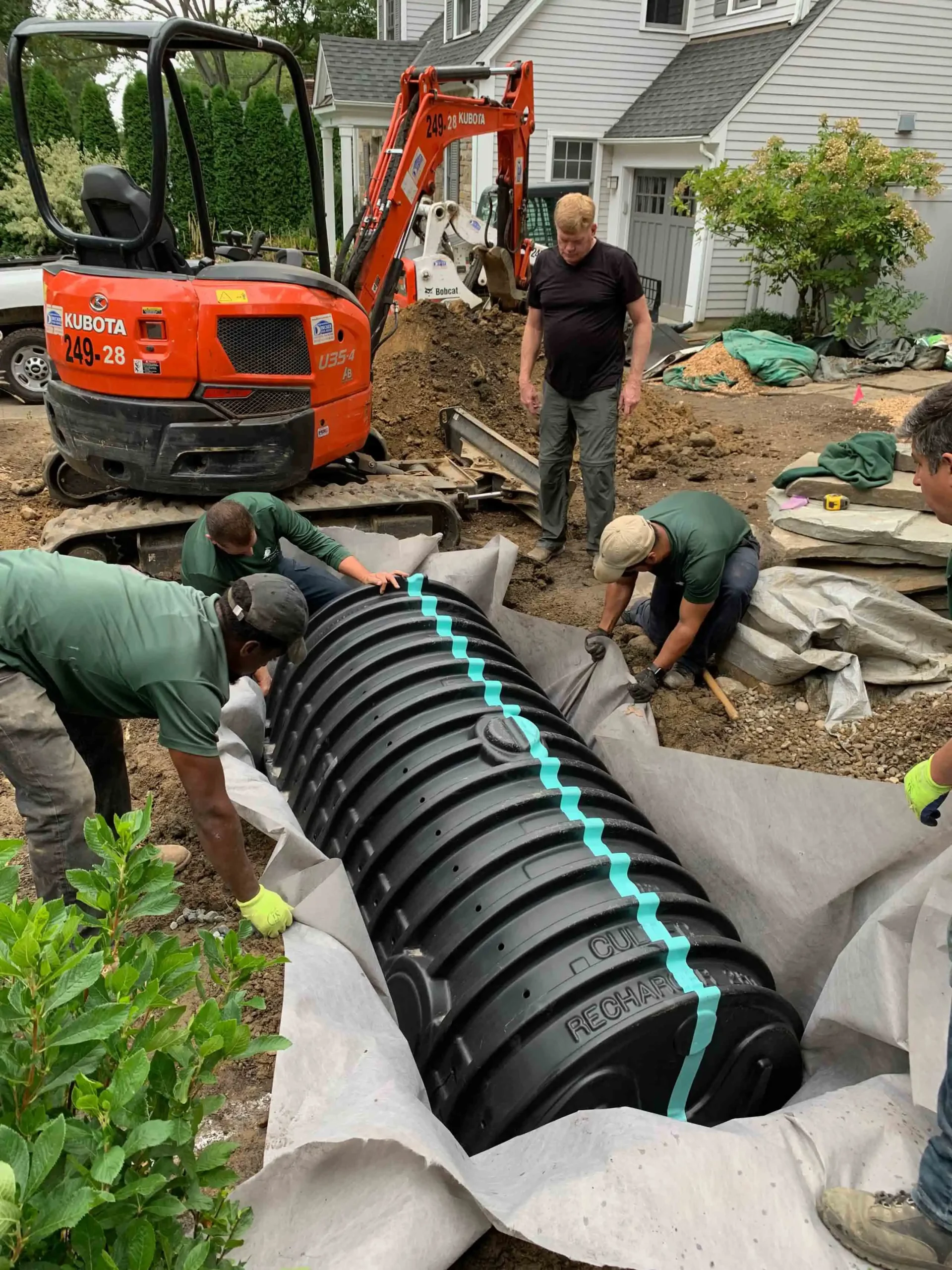
Stormwater Management & Drainage
Erosion control is essential for the protection of your soil, plants, buildings, and hardscaping. Our stormwater management solutions include bioswales, rain gardens, dry streams, and more, customized to the needs of your property.
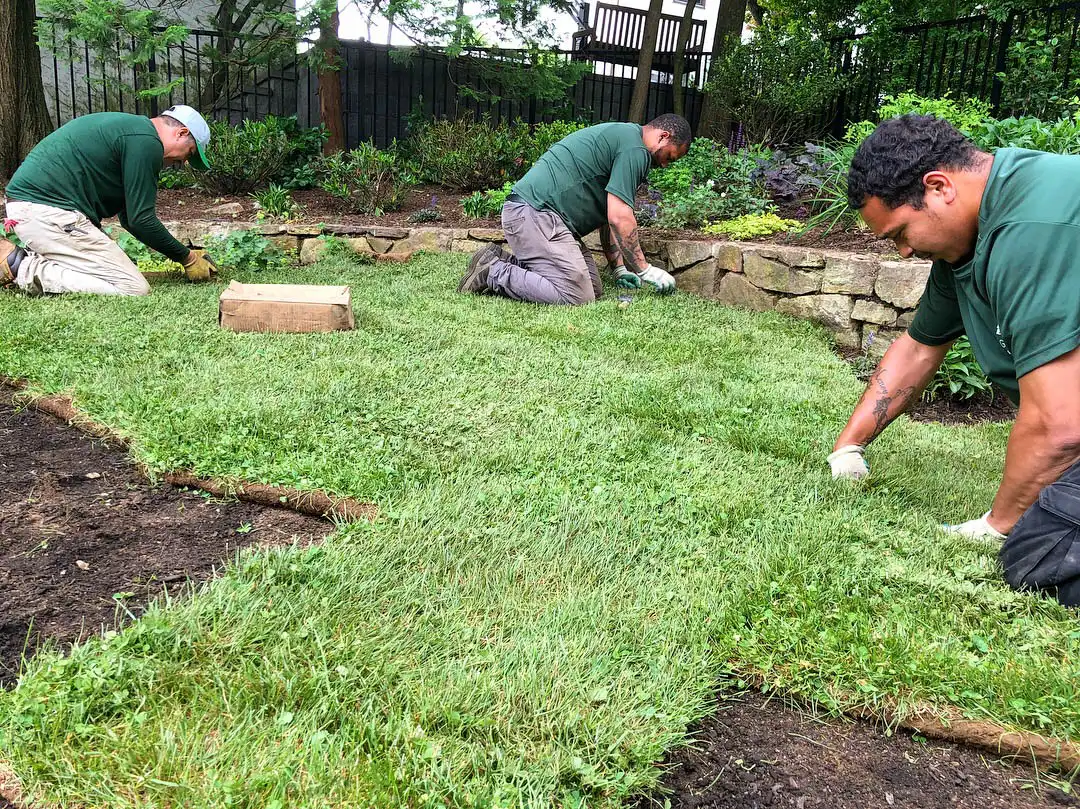
Organic Sod and Turf
From soil remediation to compost and sod installation, we can reinvigorate a tired yard and create a healthy natural space for you and your family to enjoy.
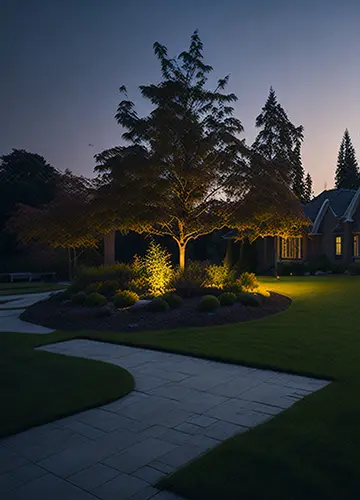
Irrigation, Lighting & Sound
We partner with quality irrigation system providers for design and installation based on planting zones to maximize water conservation and efficiency. We can add custom lighting and sound to further enhance your outdoor living space.
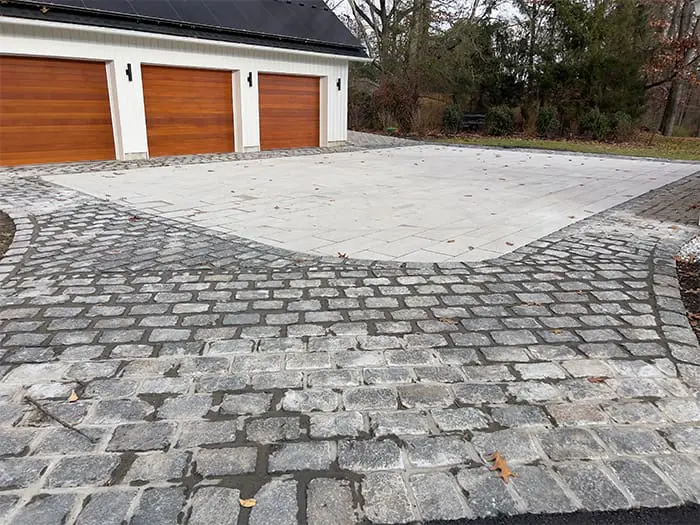
Driveways
We’ll coordinate driveway resurfacing and stone driveways with our Preferred Partners in the Westchester County, New York area to help you create a welcoming entrance to your home.

Tree Services
Ensure the trees on your property are healthy and contributing to the ecosystem. We can plant new ones for you or remove those that are sick, damaged, or threatening to interfere with buildings or underground cables.
Setting the Standard for Ecologically Responsible Landscaping Companies in Westchester County, NY, and the Tri-State Area
We offer regenerative design and ecological restoration in the Eco-Region 59, the Northeast Coastal Zone, which includes communities in Westchester County, New York, and within an approximate 50-mile radius of White Plains. Below is a selection of the towns we work in. For a more detailed list, visit our Service Area page:
Westchester County, New York
- Bedford, New York (including Bedford Hills)
- Chappaqua, New York
- Croton-on-Hudson, New York
- Dobbs Ferry, New York
- Hastings-on-Hudson, New York
- Katonah, New York
- Irvington, New York
- Larchmont, New York
- Lewisboro, New York
- Mamaroneck, New York
- Pound Ridge, New York
- Rye, New York
- Scarsdale, New York
- South Salem, New York
Bergen County, New Jersey
Essex County, New Jersey
Fairfield County, Connecticut
- Fairfield County
- Greenwich, Connecticut (and surrounding neighborhoods)
- Darien, Connecticut
- New Canaan, Connecticut
- Ridgefield, Connecticut
Putnam County, New York
Expand Your Knowledge and Earn Competitive Pay as You Work to Create Beautiful, Sustainable Landscapes
We offer excellent career opportunities for passionate, hardworking professionals who have a love of nature and a desire to work outdoors. Expand your knowledge and grow as a landscaping expert with paid training and education, as you help us improve the environment and encourage interaction with the natural world. Visit our Careers page to learn more and apply today.
